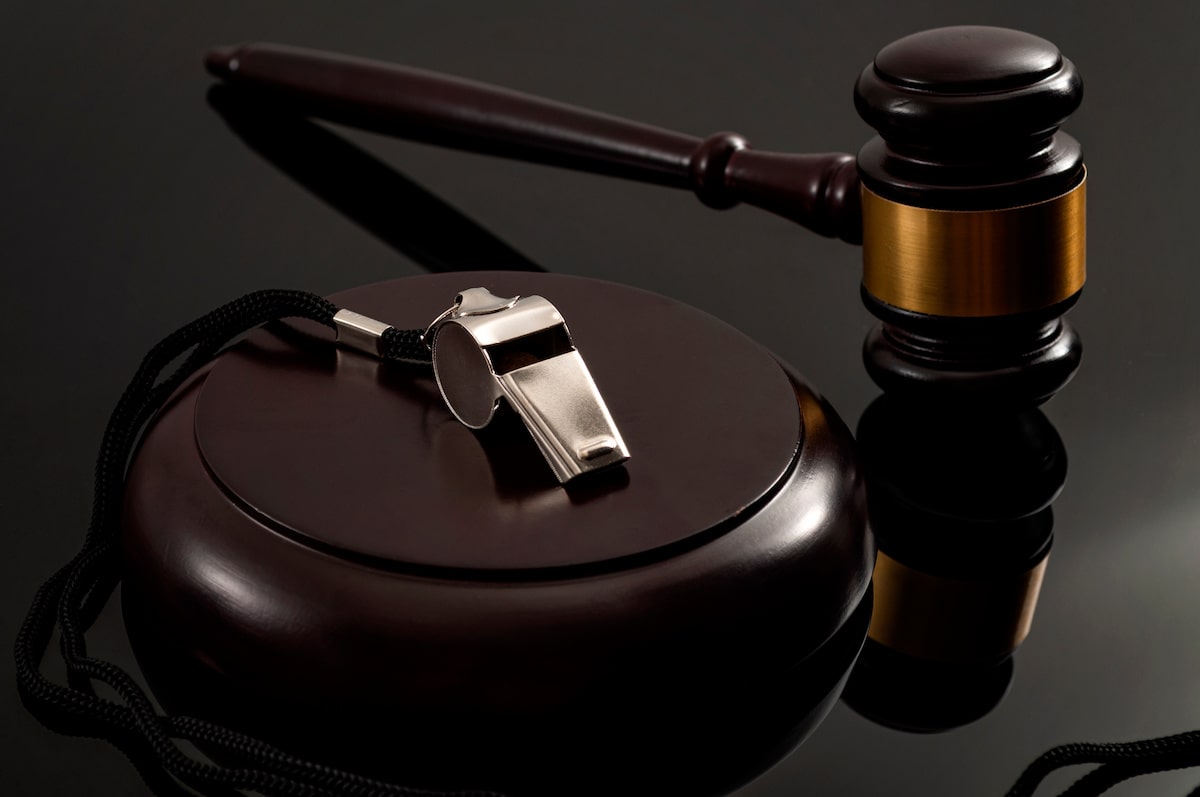Most restaurant and bar owners purchase coverage for property damage and third-party liability. But there are other important coverages that might be overlooked, or might not be purchased, that could be critical to the operation and viability of the business. Here are some basic coverages we think anyone in the restaurant industry, or readers adjusting claims for restaurant and hospitality clients, should be aware of:
•Business income coverage. This coverage can be critical to a restaurant/bar after a disaster. For example, if you have a pipe burst or kitchen fire, and you’re down for three months, business income will help you resume business. Business income coverage commonly provides financial reimbursement to your business after a loss and during the period in which the damaged property is being restored, as set forth in the policy. This will allow you to continue paying your employees, vendors and other operating expenses between the time of loss and when you ultimately resume operations.
•Spoilage. Covers power outages, equipment breaks down, contamination, or some other situation that causes the business to lose food, beverages and stock. Spoilage coverage reimburses the business for the lost provisions.
•Equipment breakdown. Equipment breakdown coverage covers a physical breakdown of covered equipment.
•Dram shop/liquor liability. If your establishment sells alcohol, this coverage is important in case you are sued for the damages intoxicated guests cause others. Or, if one of your clients gets involved in an auto accident after leaving your location, you could face a liquor liability suit – even if there is no merit to the suit. Restaurants selling alcohol should make sure they are not underinsured for this potential liability, even if the lease contains mandatory minimum coverage limits.
•Beware purchasing incorrect coverage. Many insurance agencies are writing BOP (business owners policies) for restaurants, but the rating may be wrong for the actual exposure of the bar and restaurant industry. BOP policies are rated on contents or building values, which have nothing to do with liability exposures.
As a result, restaurants in bigger cities such as New York could end up grossly underinsured. You could operate a 10,000-square-foot restaurant, for example, but rent the property and maybe only have $500,000 in contents, so the liability policy would be rated on that $500,000. The restaurant could have $10 million in receipts. In that case, the rating base is irrelevant and inaccurate. In addition, a BOP alone may not provide sufficient coverage for other risks, such as premises liability claims or liquor liability.
•Cyber risk. Cyber risk has been defined as the potential of loss or harm related to the use of electronic devices, computers, or technology within an organization. Cyber risk includes identity theft from stolen sensitive information or inadvertent disclosure, such as Social Security numbers, credit card numbers, employee identification numbers, drivers’ license numbers, birth dates and PIN numbers.
Businesses have been exposed to point of sale (POS) theft, third party vendor exposures, data loss, or computer service interruption, with increasing frequency. If you possess or process consumer or business credit card information, make sure you have insurance coverage for fraudulent card charges, credit card brand assessments and fines. These can be large exposures when there is a significant data breach.
Prudent merchants are updating their payment systems to use end-to-end encryption which can prevent criminals from obtaining credit card data from POS systems. This has led criminals to turn to ransomware to monetize an attack, as opposed to stealing and selling data. Often, victims of ransomware choose to pay the ransom, because they have no other means to restore their systems and data. Law enforcement agencies caution that ransom should never be paid. Create strong plans for system and data recovery as soon as possible, including backing up all systems daily.
Other examples of cyber risks include (a) costs for replacing or restoring damaged data records; (b) theft of valuable digital assets, including customer lists, business trade secrets and other similar electronic business assets; (c) human error leading to inadvertent disclosure of sensitive information, such as an errant e-mail from an employee to unintended recipient containing financial business information or personal identifying information; and (e) the cost of credit monitoring services for people affected by stolen credit cards or some other security breach.
•Takeaway. Insurance issues can be very complex, and potential losses can present in many ways. If you have questions about your establishment’s insurance program or pending insurance claim, you should contact your insurance agent or discuss with coverage counsel before a loss happens.



